Alfred Lord Tennyson, one of the most celebrated poets of the Victorian era, emerged as a literary figure whose work resonated deeply with the cultural and artistic movements of his time. Born in 1809, Tennyson’s poetry is characterized by its musicality, rich imagery, and exploration of profound themes such as love, loss, and the human condition. His ability to weave personal emotion with broader philosophical inquiries made him a central figure in Victorian literature.
Tennyson’s prominence was not merely a product of his talent; he was also appointed Poet Laureate in 1850, a position that solidified his status as the voice of his generation. In parallel to Tennyson’s rise, the Pre-Raphaelite Brotherhood emerged in the mid-19th century as a radical artistic movement that sought to challenge the conventions of the art and literature of their time. Founded by Dante Gabriel Rossetti, William Holman Hunt, and John Everett Millais in 1848, the Brotherhood aimed to return to the detail, intense colors, and complex compositions of pre-Renaissance art.
Their poetry and visual art were imbued with a sense of idealism and a quest for beauty that often drew inspiration from nature, mythology, and medieval themes. The intersection of Tennyson’s lyrical prowess and the Pre-Raphaelite’s aesthetic vision created a rich tapestry of artistic expression that defined an era.
Key Takeaways
- Tennyson and the Pre-Raphaelite poets were influential figures in Victorian literature, known for their romantic and idealized portrayal of nature and medieval themes.
- Tennyson’s poetry had a significant impact on the Pre-Raphaelite poets, inspiring them to explore similar themes of nature, love, and chivalry in their own work.
- The Pre-Raphaelite Brotherhood, a group of artists and poets, admired Tennyson’s work and sought to emulate his romantic style and use of vivid imagery in their own poetry and paintings.
- Common themes and motifs in Tennyson and the Pre-Raphaelite poets’ poetry include the celebration of beauty, the exploration of love and loss, and a fascination with medieval legends and mythology.
- Tennyson and the Pre-Raphaelite poets made lasting contributions to Victorian literature by challenging traditional literary conventions and paving the way for the development of modernist and symbolist movements in literature. Their influence can still be seen in contemporary poetry and art.
Tennyson’s Influence on the Pre-Raphaelite Poets
Longing and Isolation
His poem “The Lady of Shalott,” for instance, encapsulates the essence of longing and isolation, themes that resonated deeply with the Brotherhood. The narrative of a woman cursed to weave her life away in a tower while observing the world through a mirror reflects the Pre-Raphaelite fascination with female figures trapped in societal constraints.
Mythological Inspirations
Tennyson’s exploration of mythological subjects provided a rich source of inspiration for the Pre-Raphaelites. His use of Arthurian legends in poems like “Idylls of the King” not only captivated their imaginations but also encouraged them to delve into similar mythic narratives.
A Creative Dialogue
The Pre-Raphaelites sought to capture the emotional depth and moral complexity found in Tennyson’s work, often infusing their own poetry with a sense of romantic idealism. This interplay between Tennyson’s established themes and the Brotherhood’s innovative approach to storytelling fostered a creative dialogue that enriched both their literary outputs.
The Pre-Raphaelite Brotherhood and Their Impact on Tennyson’s Work
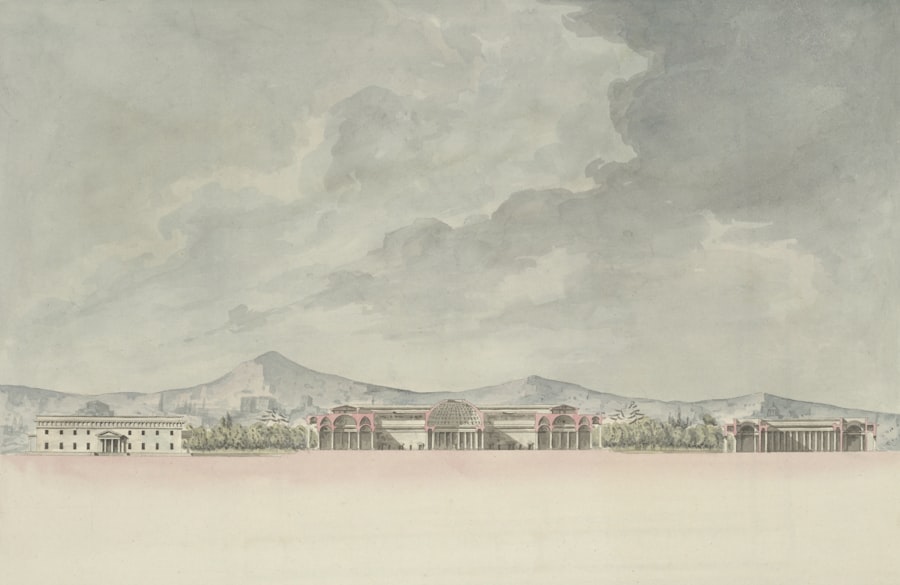
While Tennyson significantly influenced the Pre-Raphaelite poets, their impact on his work should not be overlooked. The Brotherhood’s emphasis on vivid imagery and emotional intensity can be seen reflected in Tennyson’s later poetry. As he engaged with their artistic ideals, Tennyson began to incorporate more visual elements into his writing, creating poems that were not only lyrical but also painterly in their descriptions.
This shift is particularly evident in works such as “The Gardener’s Daughter,” where Tennyson employs lush imagery to evoke the beauty of nature and human relationships. Additionally, the Pre-Raphaelites’ focus on medieval themes and symbolism resonated with Tennyson’s own interests. Their shared fascination with chivalric ideals and romanticized pasts led to a mutual enrichment of their respective works.
Tennyson’s later poems often reflect a heightened sense of nostalgia for a bygone era, mirroring the Pre-Raphaelites’ artistic preoccupations. The collaboration between these poets created a fertile ground for exploring themes of love, beauty, and mortality, resulting in a body of work that transcended individual contributions.
Themes and Motifs in Tennyson and the Pre-Raphaelite Poets’ Poetry
The thematic landscape shared by Tennyson and the Pre-Raphaelite poets is marked by an exploration of love, beauty, nature, and existential contemplation. Both Tennyson and the Brotherhood grappled with the complexities of human emotion, often portraying love as both a source of joy and suffering. In Tennyson’s “In Memoriam,” for example, he navigates the depths of grief following the loss of his close friend Arthur Hallam.
This poignant exploration of love and loss resonates with Rossetti’s “The Blessed Damozel,” where the speaker yearns for her beloved from beyond the grave, encapsulating the intertwining of love and mortality. Nature also plays a significant role in their poetry, serving as both a backdrop and a character in its own right. Tennyson’s vivid descriptions of landscapes often reflect inner emotional states, as seen in “The Lotos-Eaters,” where the idyllic setting becomes a metaphor for escapism and desire.
Millais’ painting “Ophelia,” inspired by Tennyson’s portrayal of Ophelia in “Hamlet,” captures this interplay between nature and emotion, illustrating how both poets utilized natural imagery to evoke complex feelings.
Tennyson and the Pre-Raphaelite Poets’ Contribution to Victorian Literature
The contributions of Tennyson and the Pre-Raphaelite poets to Victorian literature are profound and multifaceted. Together, they helped shape a literary landscape that was rich in emotional depth and aesthetic beauty. Tennyson’s mastery of form and language set a high standard for poetic expression during this period, while his exploration of contemporary issues such as faith, doubt, and social change resonated with readers grappling with the uncertainties of modernity.
His works often served as a bridge between Romantic ideals and emerging modernist sensibilities. The Pre-Raphaelite Brotherhood’s innovative approach to art and literature challenged established norms, advocating for a return to sincerity and emotional authenticity. Their emphasis on individual experience and subjective perception influenced not only poetry but also visual arts, creating an interdisciplinary dialogue that enriched Victorian culture.
The Brotherhood’s commitment to beauty as a moral imperative aligned closely with Tennyson’s own ideals, resulting in a literary movement that celebrated both aesthetic pleasure and intellectual engagement.
Legacy of Tennyson and the Pre-Raphaelite Poets in Modern Literature
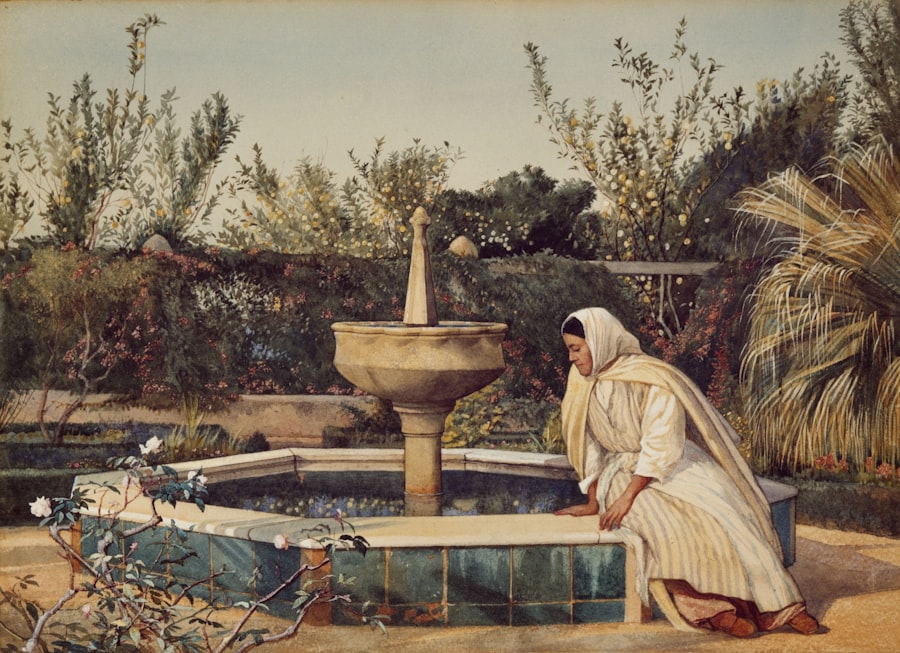
Influence on Modern Literature
The legacy of Tennyson and the Pre-Raphaelite poets continues to resonate in modern literature, influencing generations of writers who seek to explore similar themes of love, beauty, and existential inquiry. Their works have inspired contemporary poets to embrace rich imagery and emotional depth while grappling with complex human experiences.
Visual Storytelling and Mythological Themes
Moreover, the Pre-Raphaelite emphasis on visual storytelling has left an indelible mark on contemporary literature and art.
Modern authors often draw upon mythological themes reminiscent of those explored by Tennyson and his contemporaries, creating works that reflect an ongoing fascination with history, memory, and identity.
A Lasting Impact on Literary Discourse
In conclusion, both Alfred Lord Tennyson and the Pre-Raphaelite poets played pivotal roles in shaping Victorian literature through their innovative approaches to themes such as love, nature, and mortality. Their mutual influence fostered a rich artistic dialogue that continues to inspire writers today, ensuring that their contributions remain relevant in contemporary literary discourse.
If you are interested in exploring the theory of illocutionary forces and performative utterances, you may find this article to be a fascinating read. It delves into the complexities of language and communication, which are themes that resonate in the works of Tennyson and the Pre-Raphaelite Poets. Their poetry often reflects the power of words and the nuances of expression.










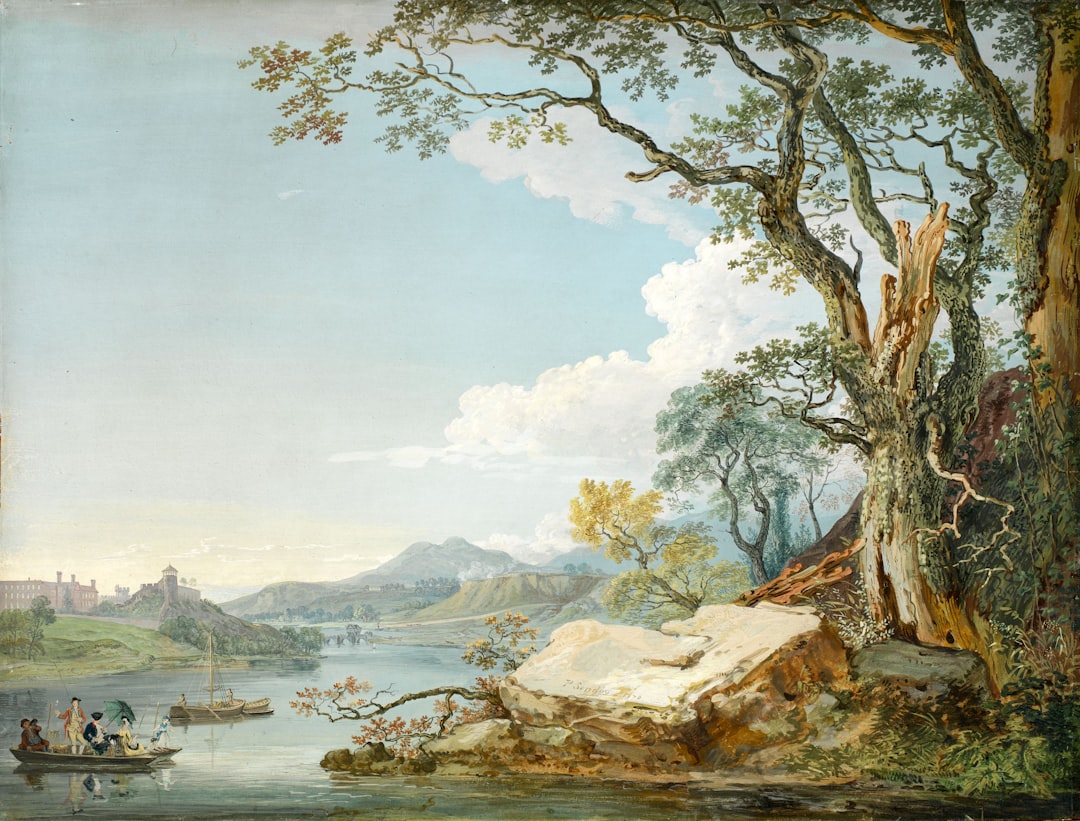





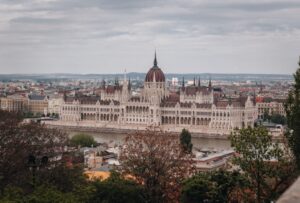


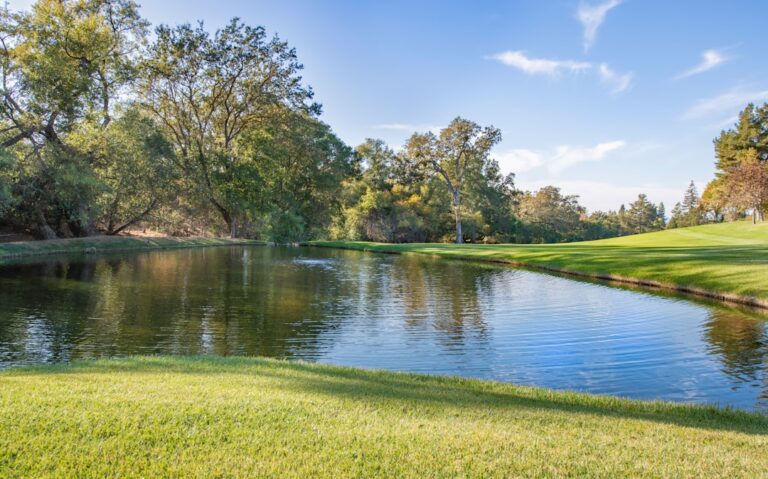


+ There are no comments
Add yours